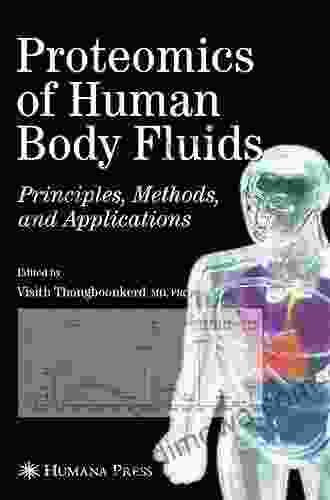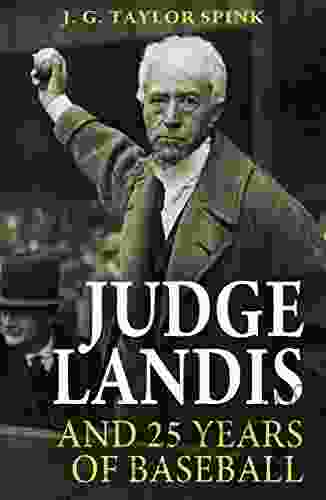Unveiling the Foundation of Physics: Fundamental Principles
Physics, the science of matter and energy, governs the very fabric of our universe. At the heart of physics lie fundamental principles that provide the framework for understanding the behavior of the physical world. These principles, rooted in rigorous experimentation and mathematical analysis, form the cornerstone of our scientific understanding.
Newton's Laws of Motion: A Cornerstone of Classical Physics
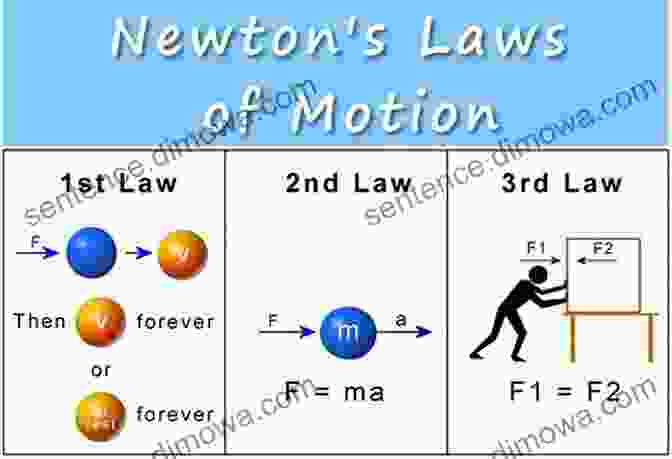
5 out of 5
| Language | : | English |
| File size | : | 17573 KB |
| Print length | : | 432 pages |
| Lending | : | Enabled |
| Screen Reader | : | Supported |
| Item Weight | : | 12 ounces |
Among the most foundational principles in physics are Newton's laws of motion. These laws, formulated by Sir Isaac Newton in the 17th century, describe the relationship between an object's motion and the forces acting upon it. Newton's first law states that an object at rest will remain at rest, and an object in motion will continue moving at a constant velocity unless acted upon by an external force. The second law quantifies the relationship between force, mass, and acceleration, stating that the acceleration of an object is directly proportional to the net force applied to it. Newton's third law asserts that for every action, there is an equal and opposite reaction, emphasizing the interconnectedness of forces in physical interactions.
These principles have had a profound impact on our understanding of mechanics and have been applied to fields ranging from engineering to astronomy. They form the basis for our ability to predict the motion of celestial bodies, design efficient machines, and analyze the forces involved in everyday objects.
Laws of Thermodynamics: Unraveling Heat and Energy
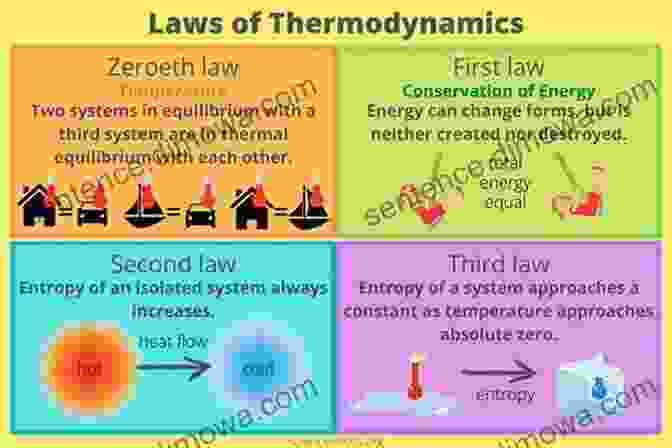
Another set of fundamental principles that shape our understanding of the physical world are the laws of thermodynamics. These laws, formulated in the 19th century, describe the behavior of heat and energy in thermodynamic systems. The first law of thermodynamics, also known as the law of conservation of energy, states that energy cannot be created or destroyed, only transferred or transformed. The second law of thermodynamics introduces the concept of entropy, a measure of disFree Download, and asserts that the entropy of an isolated system always increases over time. The third law of thermodynamics states that the entropy of a perfect crystal at absolute zero is zero. These laws have wide-ranging applications in fields such as chemistry, engineering, and climate science.
Experimental Methods in Physics: Unveiling the Unseen
In addition to fundamental principles, physics relies heavily on experimental methods to test theories and uncover new phenomena. Experimental physics involves the systematic collection and analysis of data to explore the behavior of physical systems.
Observational Astronomy: Piercing the Mysteries of the Cosmos

Observational astronomy, a branch of astrophysics, utilizes telescopes and other instruments to study celestial objects and phenomena. By collecting electromagnetic radiation from distant galaxies, astronomers can analyze the properties of stars, planets, and other cosmic bodies. Observational astronomy has led to groundbreaking discoveries about the origins of the universe, the nature of black holes, and the existence of exoplanets.
Particle Physics: Probing the Subatomic Realm
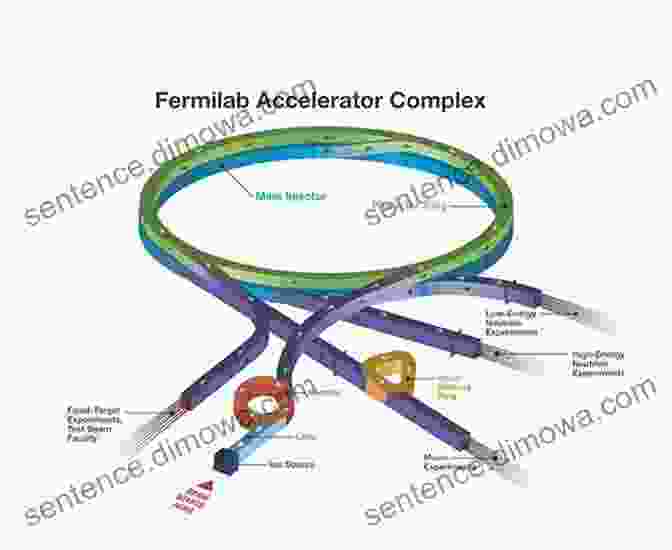
Particle physics, also known as high-energy physics, delves into the subatomic realm to study the fundamental particles that make up matter. Particle physicists use particle accelerators, such as the Large Hadron Collider (LHC),to collide particles at high energies and analyze the resulting interactions. These experiments have led to the discovery of new particles, such as the Higgs boson, and provided insights into the fundamental forces that govern the universe.
Applications of Physics: Transforming the World Around Us
The principles and methods of physics find far-reaching applications in a myriad of fields, transforming our daily lives and shaping the future of technology.
Medical Physics: Advancing Healthcare

Medical physics applies the principles of physics to the field of medicine, enhancing diagnostic and therapeutic capabilities. Medical physicists contribute to the development and use of imaging technologies, such as X-rays, MRI, and ultrasound, which provide valuable insights into the human body for medical diagnosis and treatment planning. They also play a crucial role in radiation therapy, ensuring the safe and effective use of radiation to target cancerous cells.
Quantum Mechanics: Revolutionizing Computing and Nanotechnology
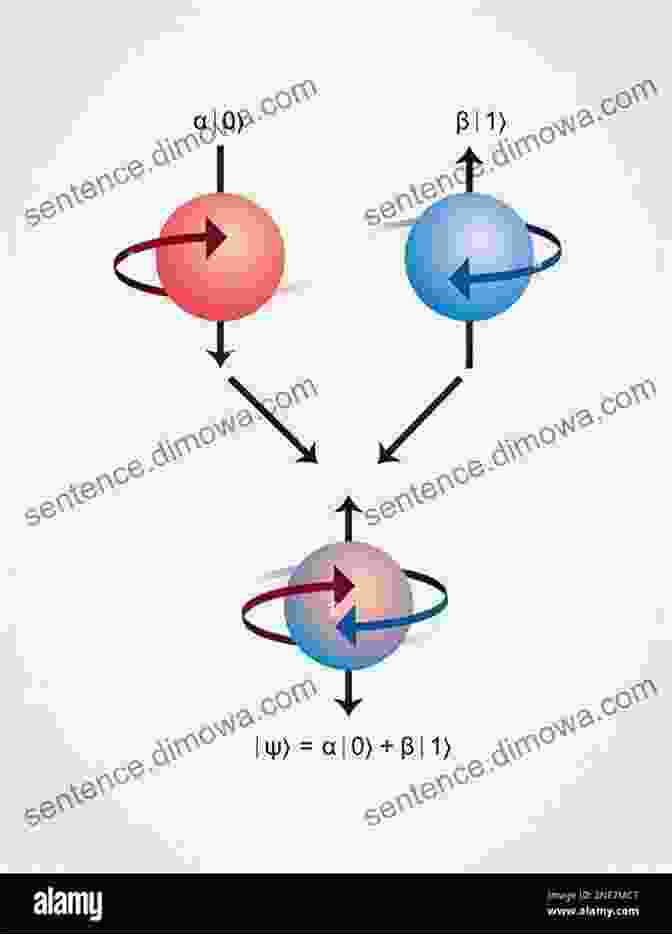
Quantum mechanics, a branch of physics that deals with the behavior of matter at the atomic and subatomic levels, has emerged as a revolutionary field with transformative potential for computing and nanotechnology. Quantum computers, which harness the principles of quantum superposition and entanglement, promise to solve complex problems far beyond the capabilities of classical computers. Quantum mechanics also underpins the development of nanomaterials and devices with novel properties, holding promise for advancements in fields such as electronics, medicine, and materials science.
: Physics as a Gateway to Understanding and Innovation
'Physical Principles, Methods, and Applications' provides a comprehensive exploration of the multifaceted world of physics. This book delves into the fundamental principles that govern the behavior of the physical world, unveils the experimental methods used to uncover new phenomena, and showcases the wide-ranging applications of physics in transforming various fields. Whether you are a student eager to master the intricacies of physics or a professional seeking to expand your knowledge, this book is an invaluable resource that will empower you to unravel the secrets of the universe and contribute to the advancement of science and technology.
By delving into the depths of physics, we not only gain a deeper understanding of the world around us but also acquire a powerful tool for innovation and progress. Embark on this captivating journey through the realm of physics today and unlock the potential to shape the future of science and technology.



